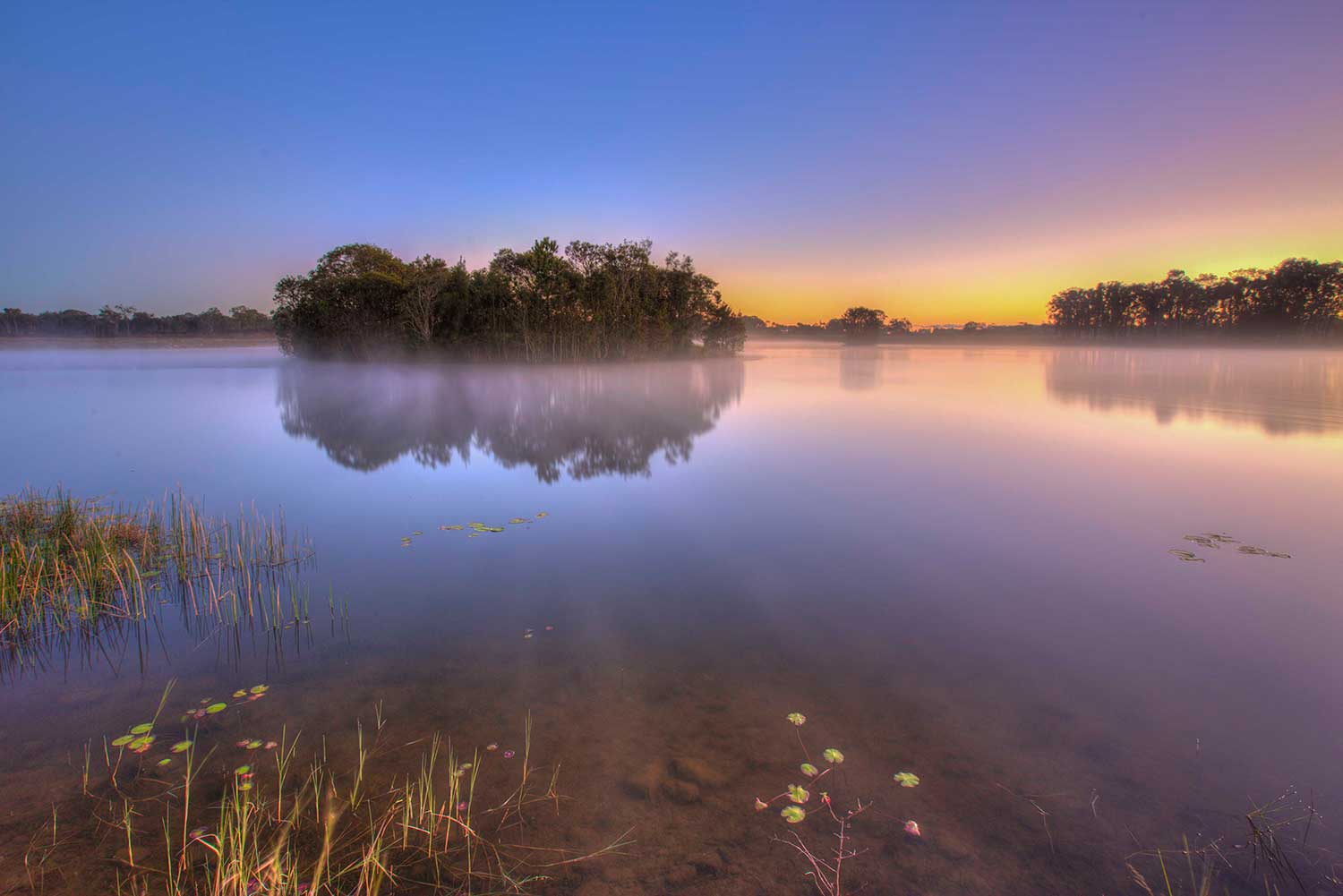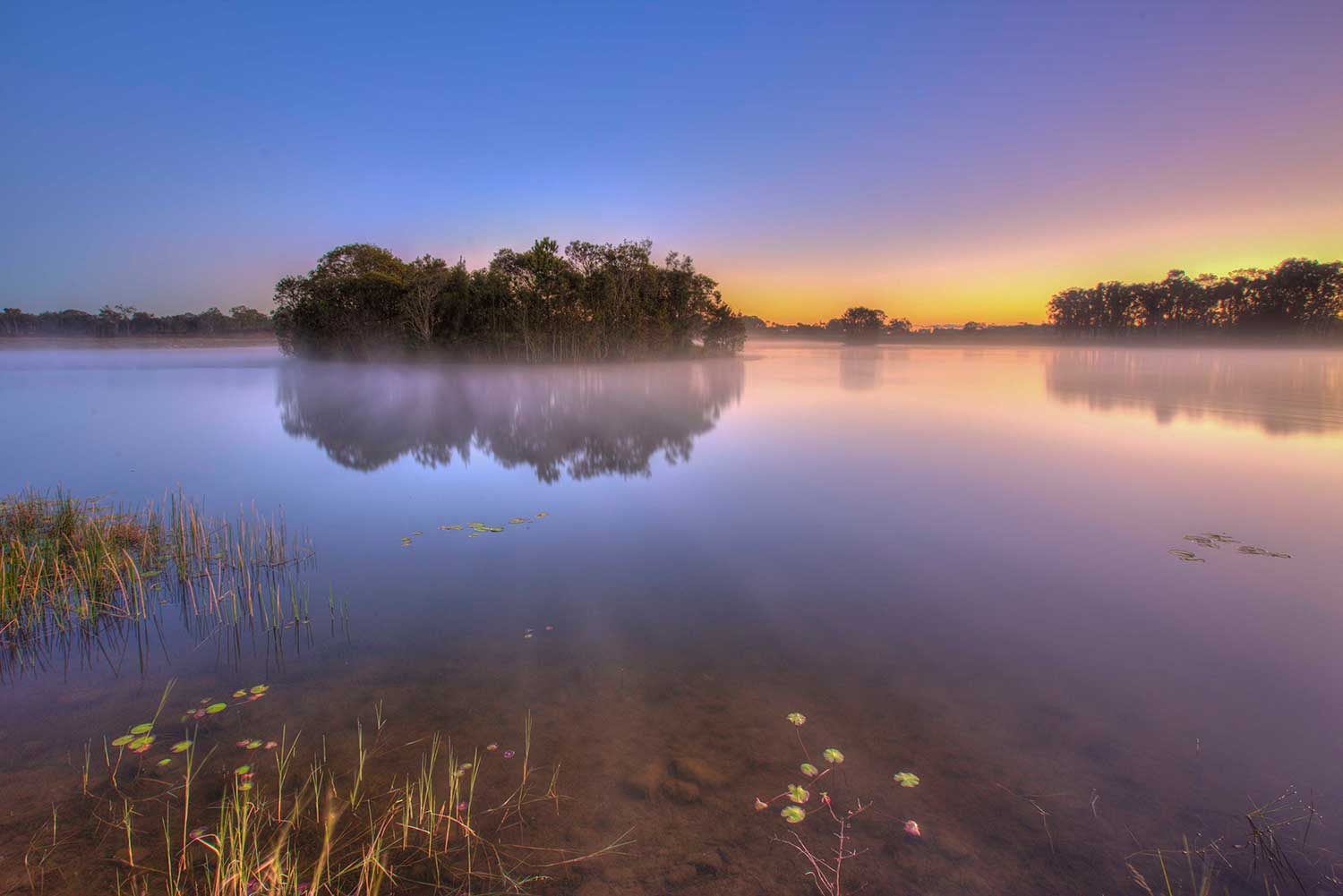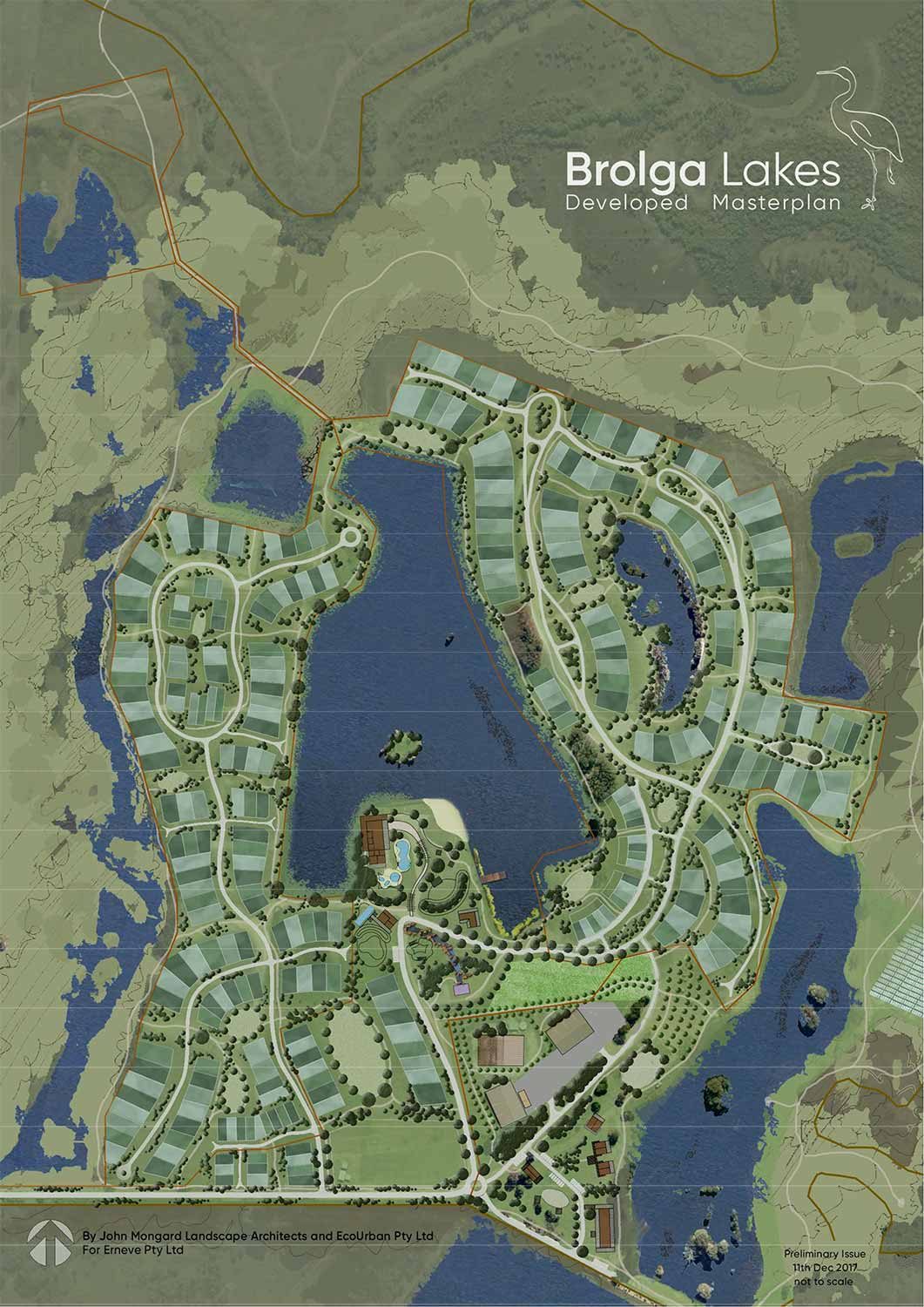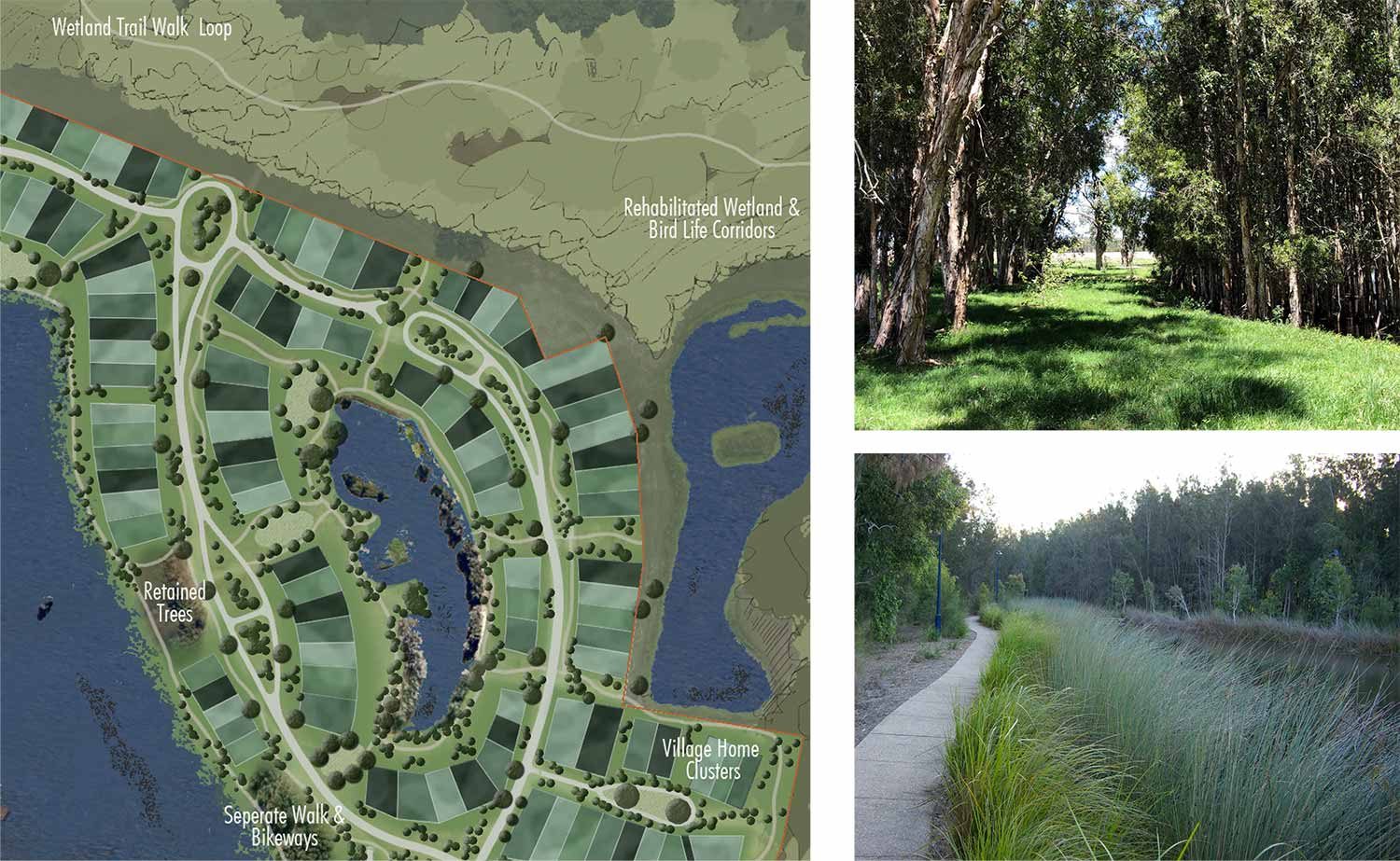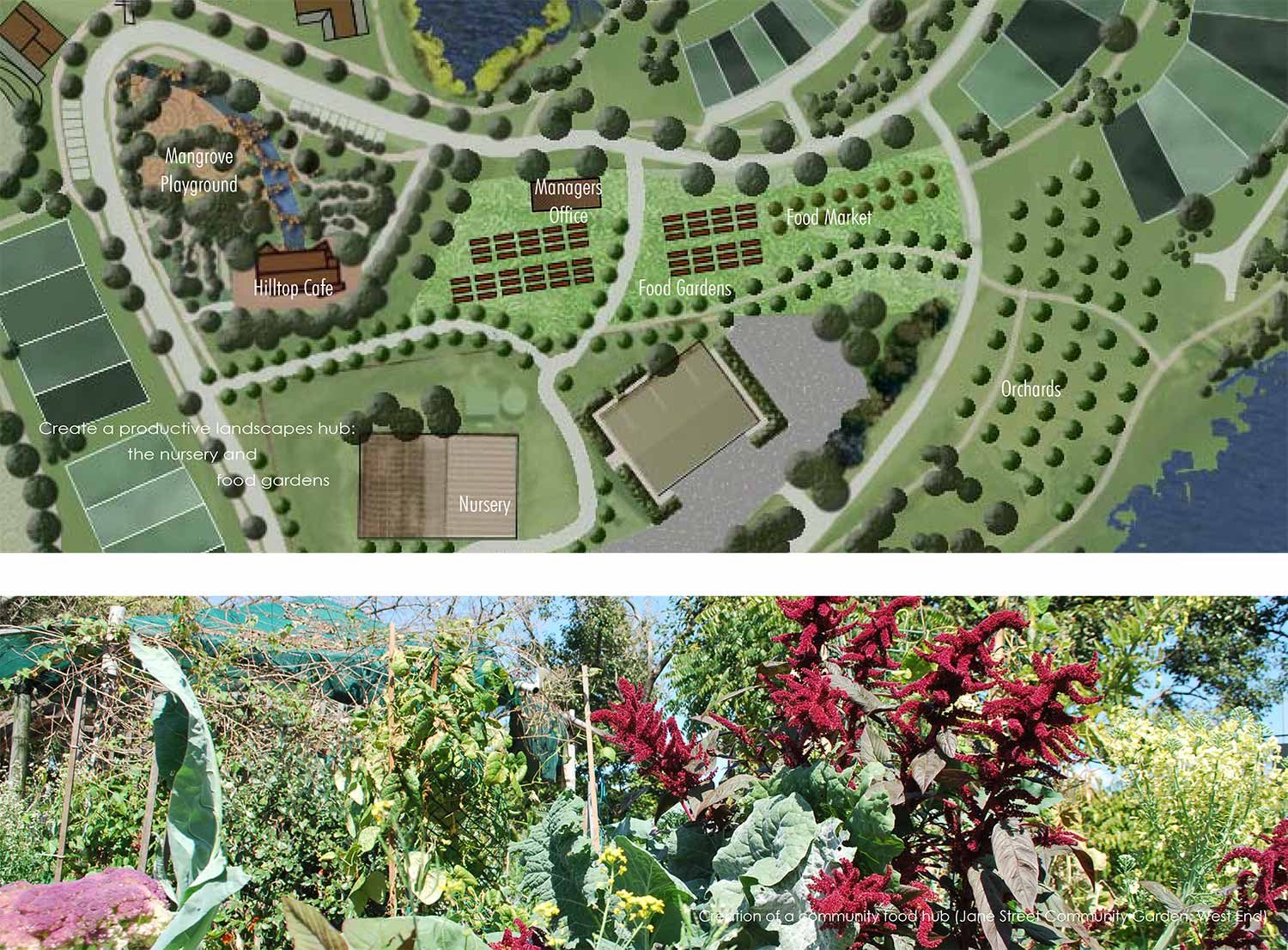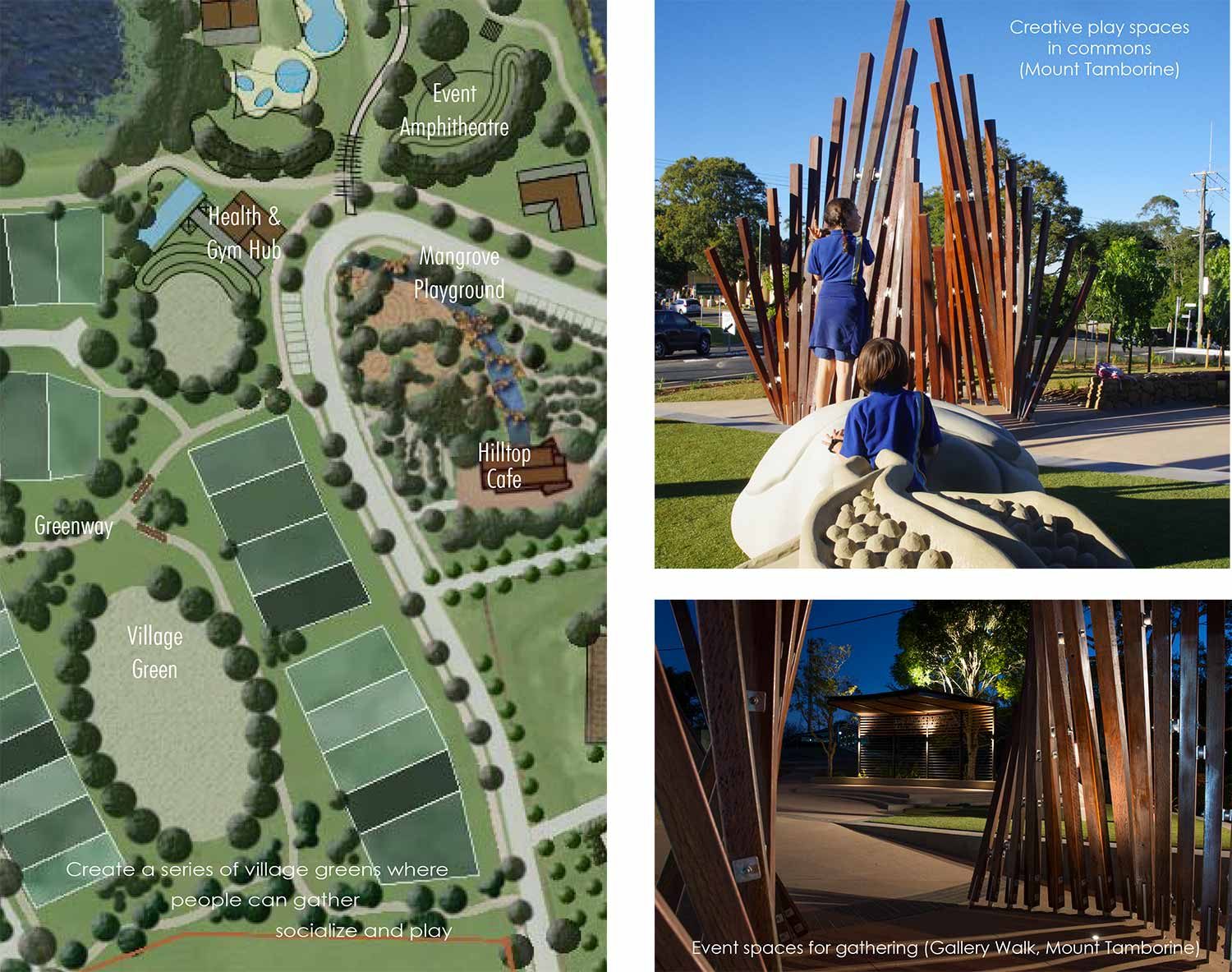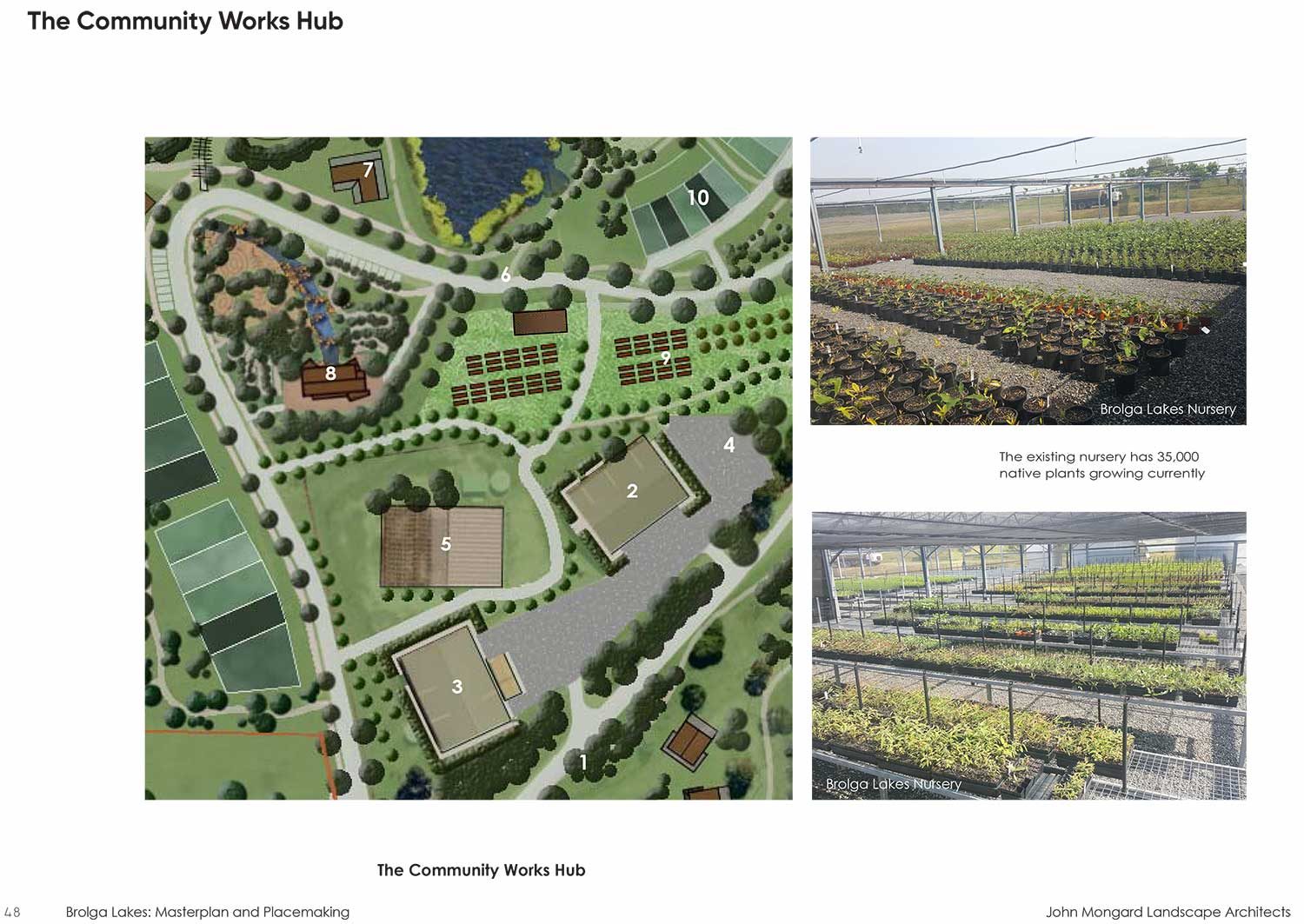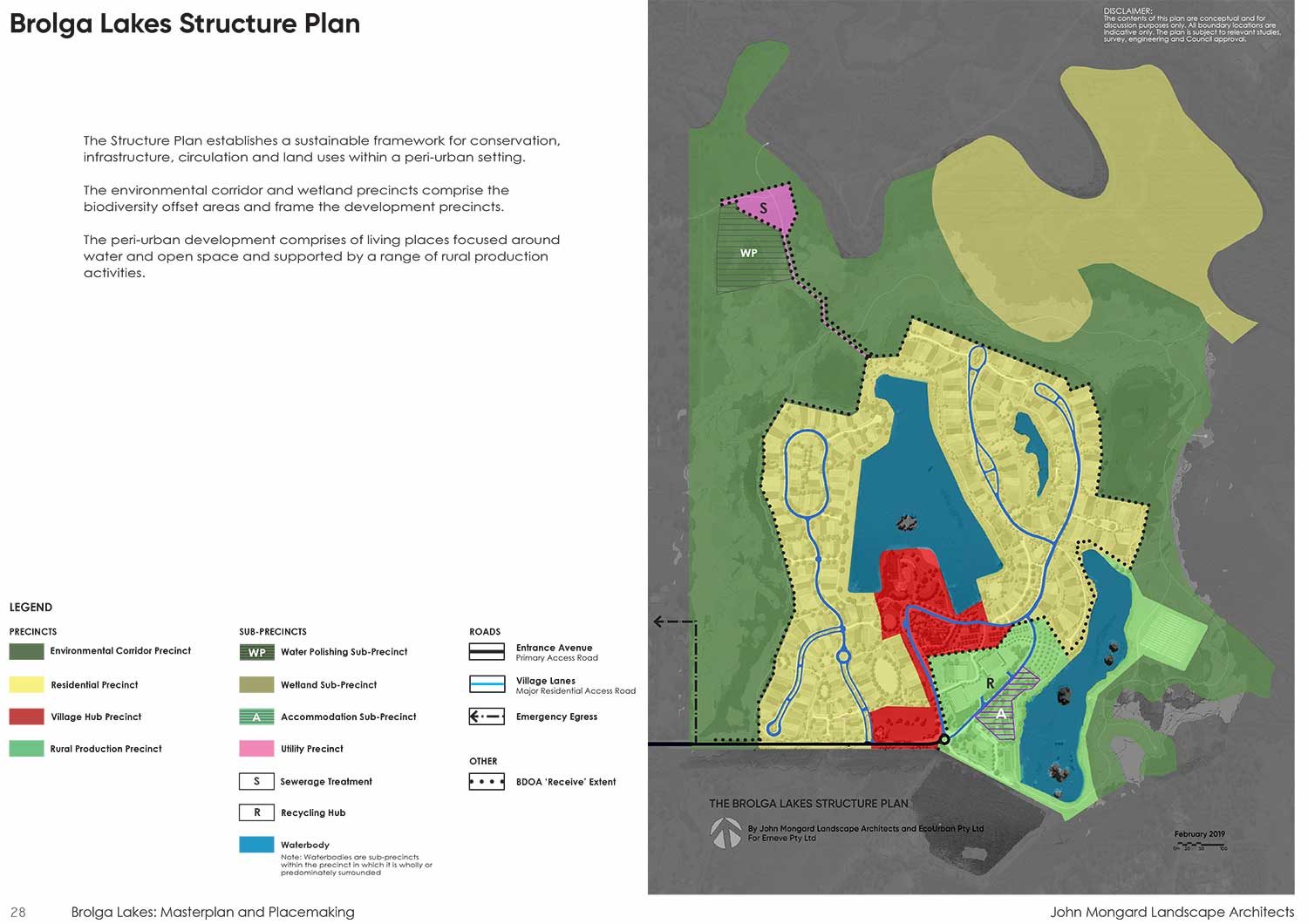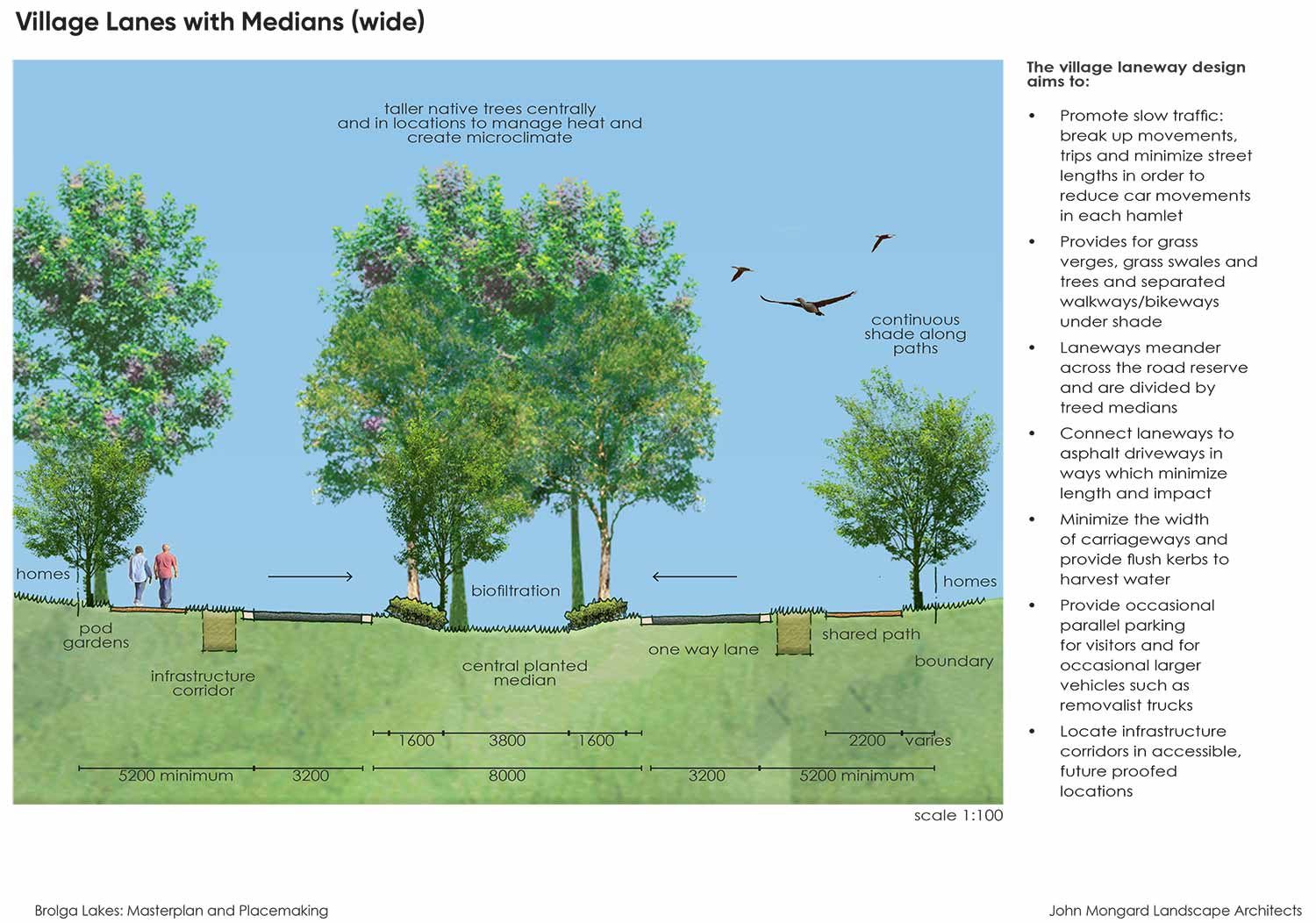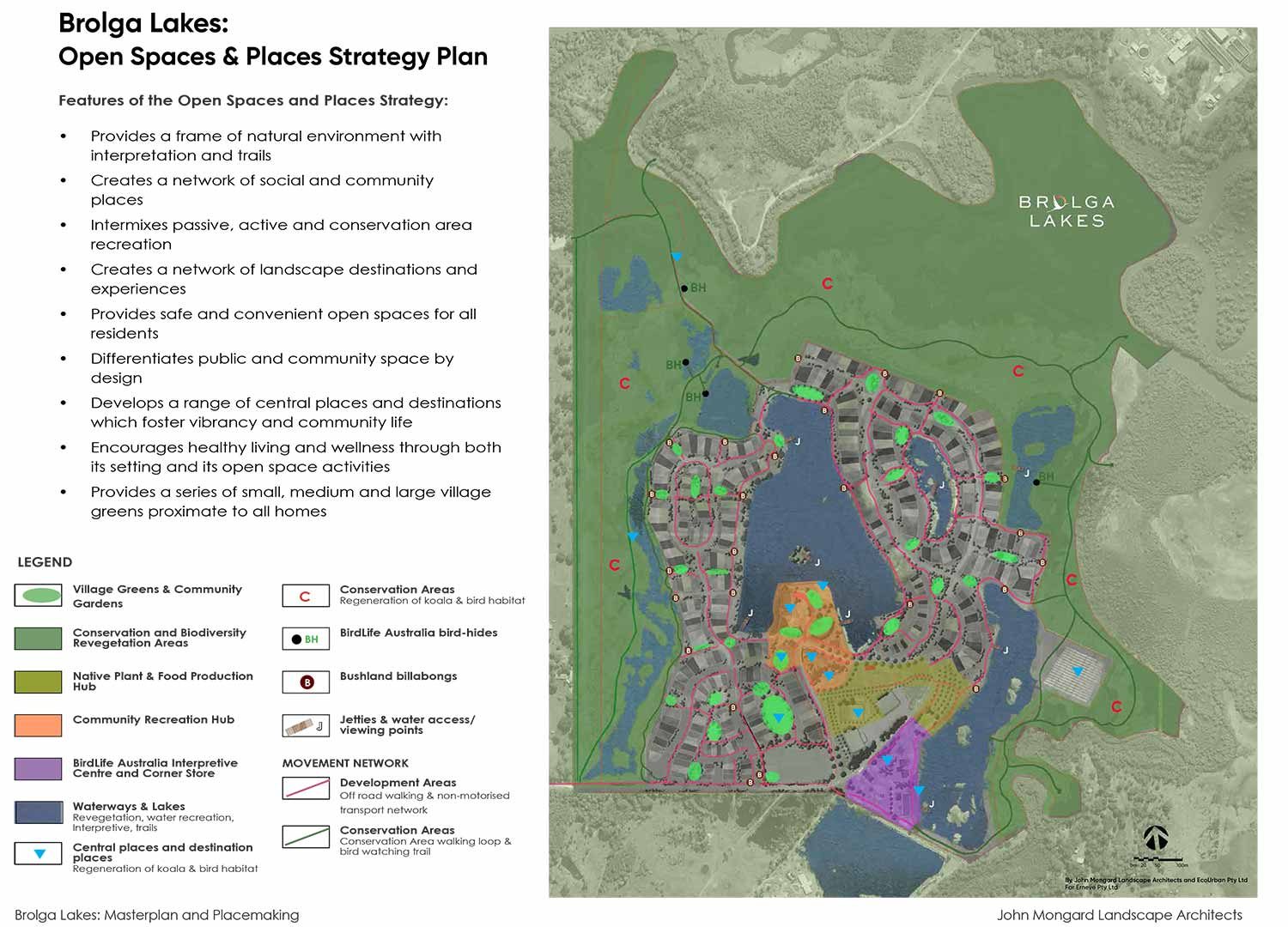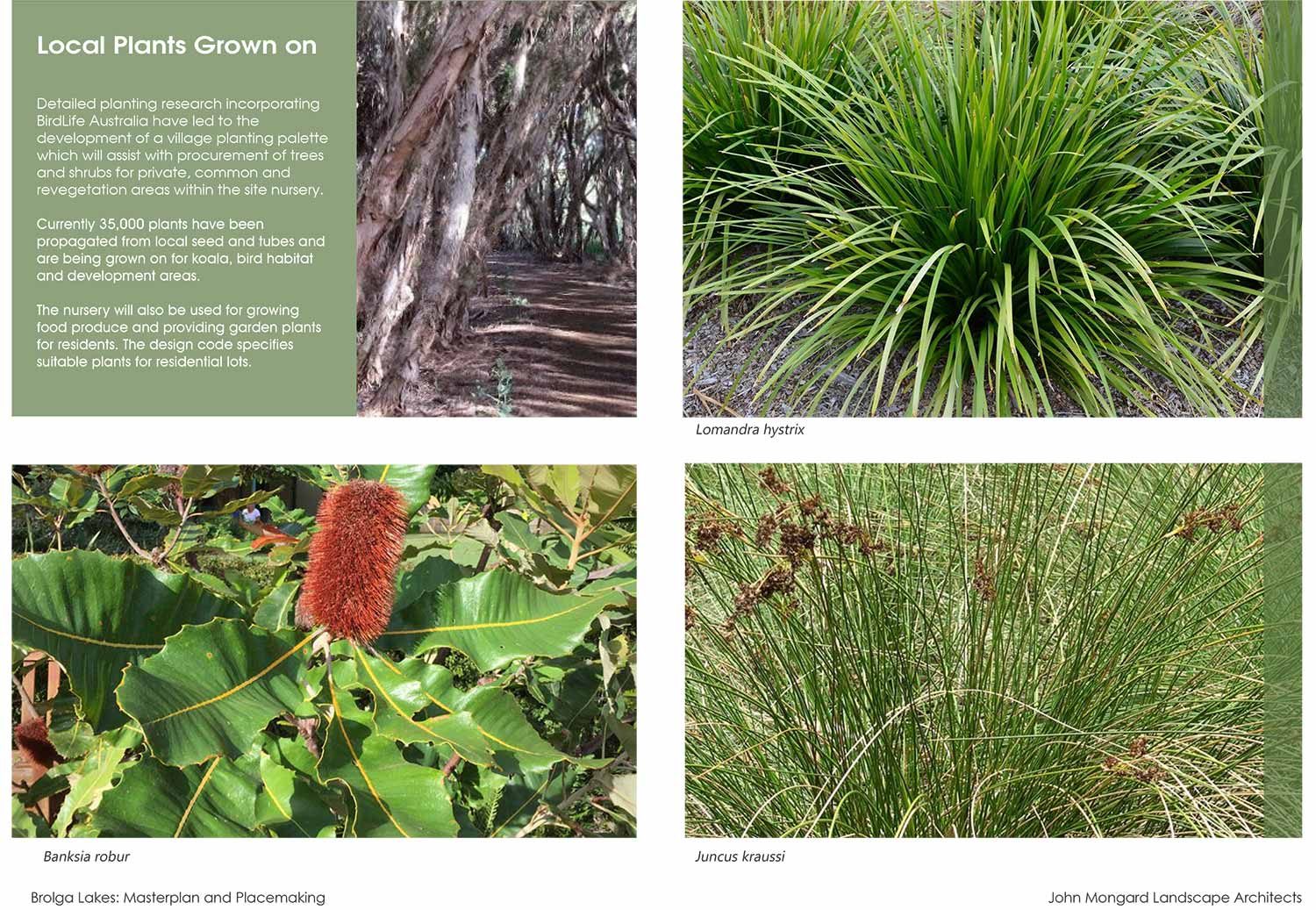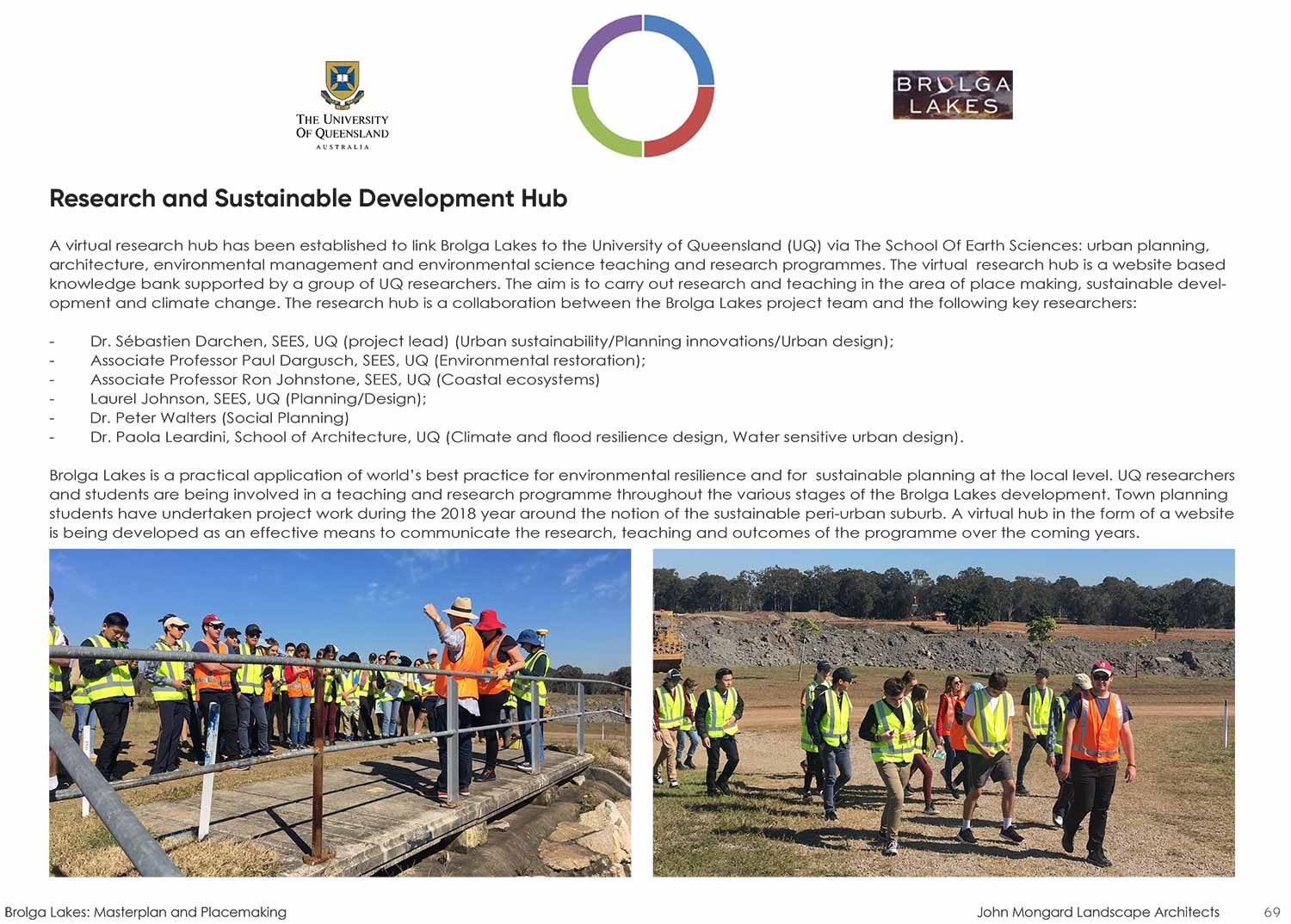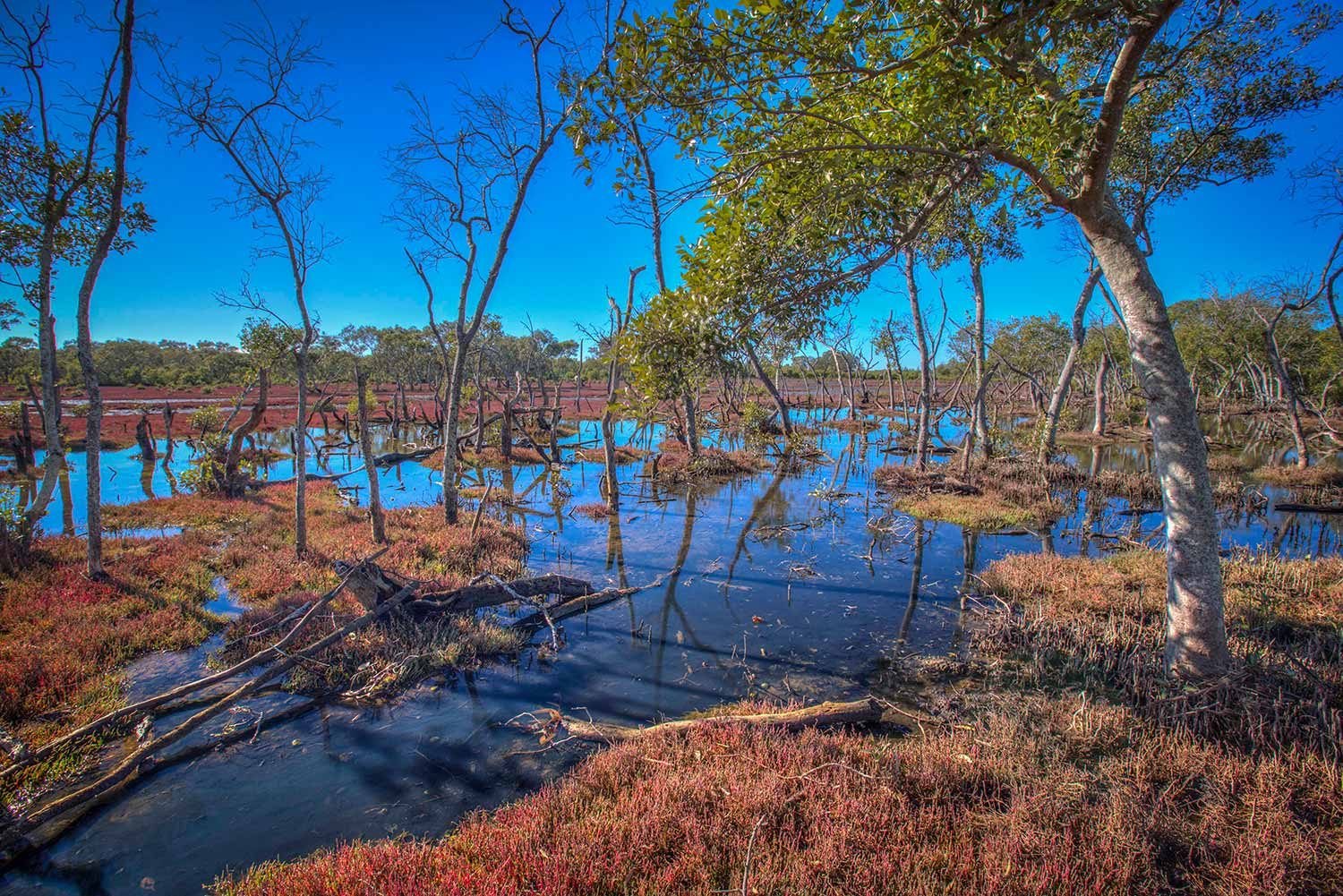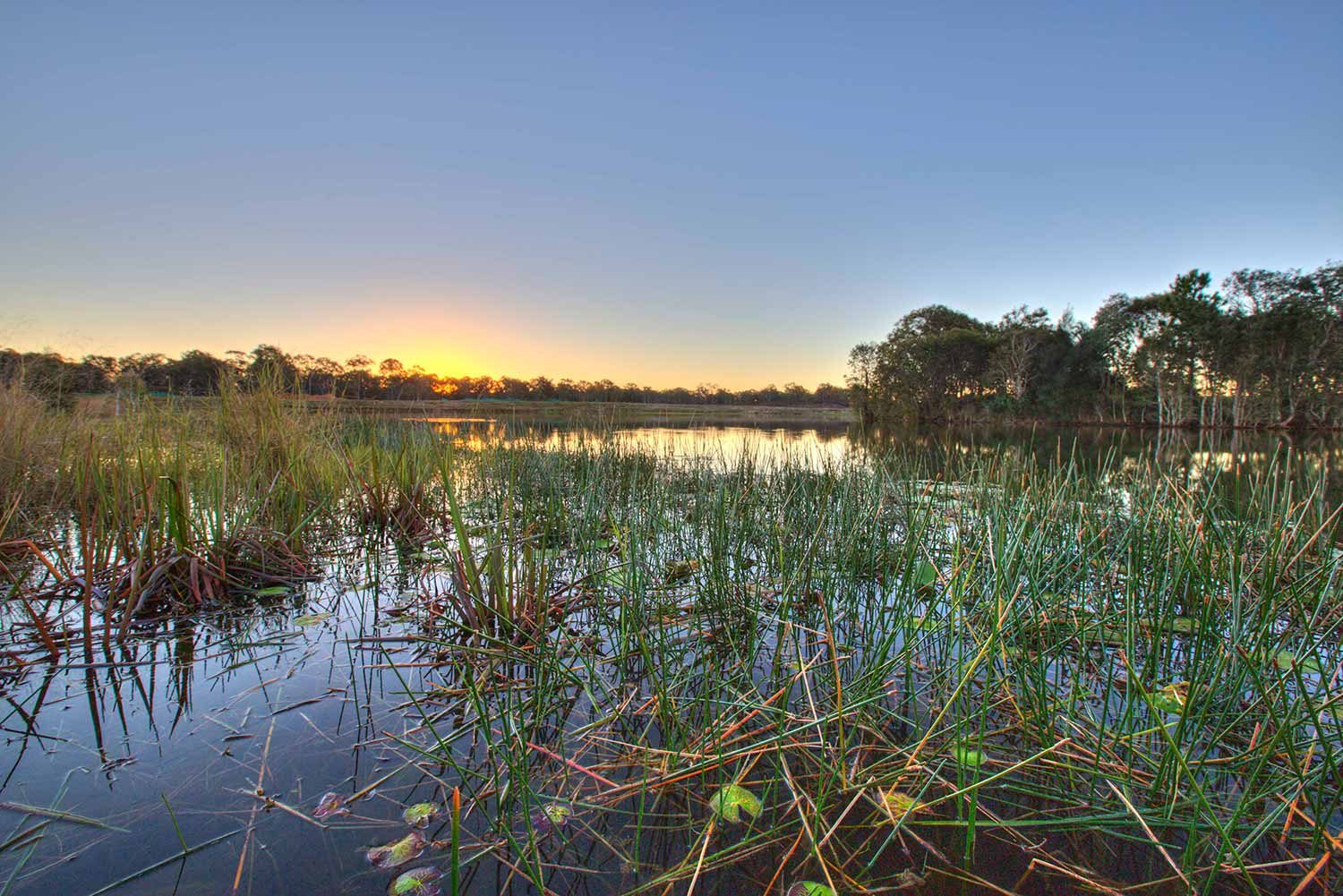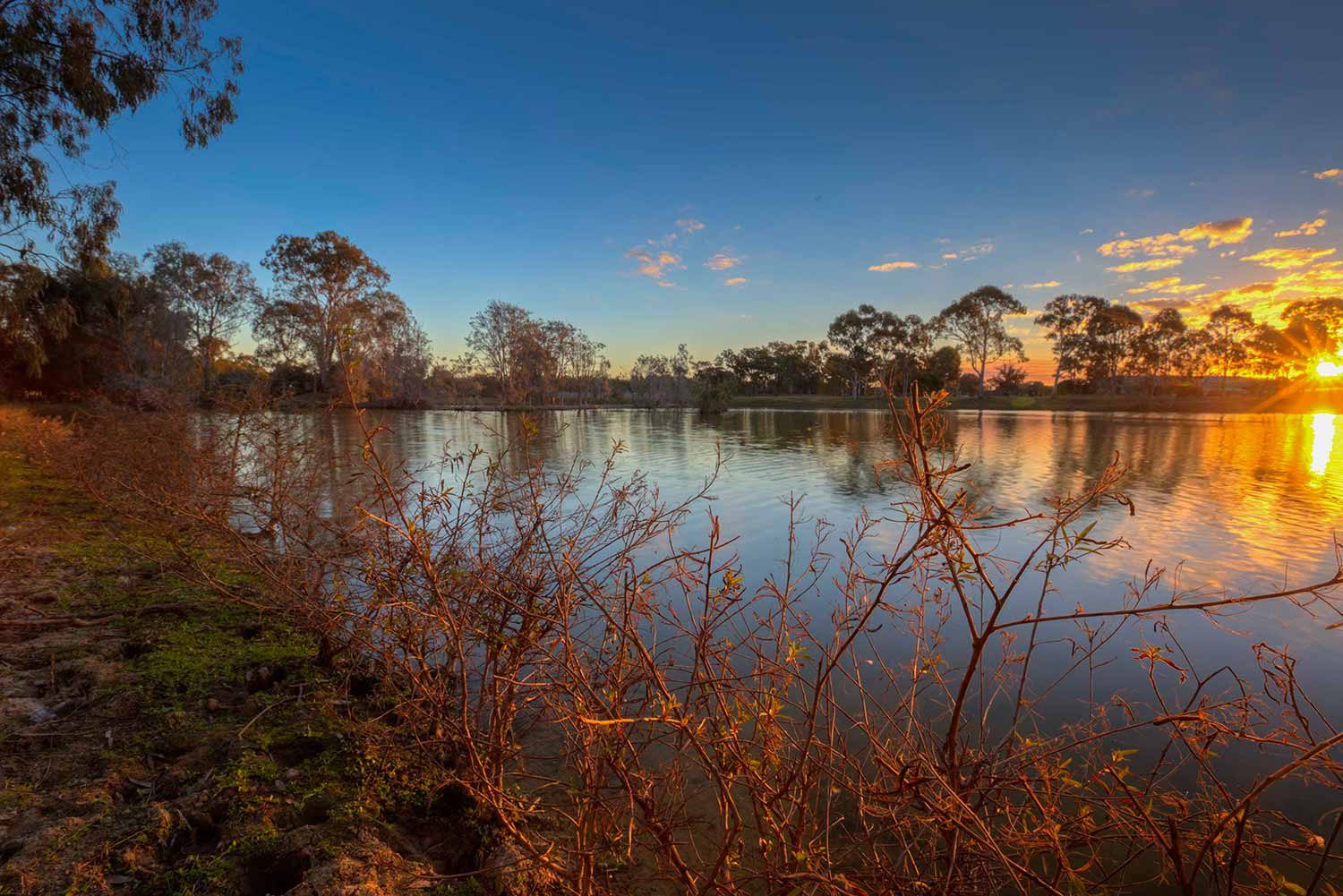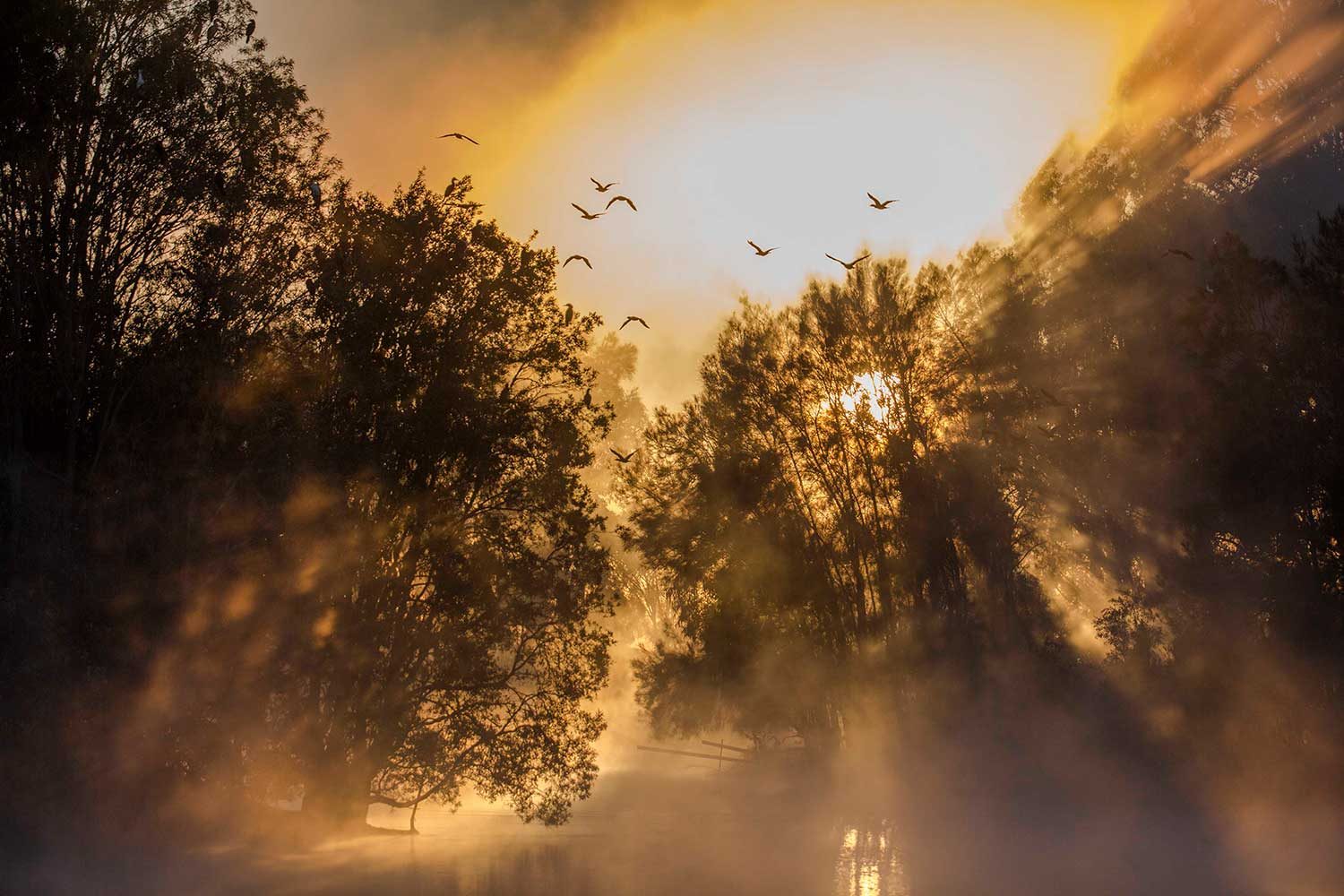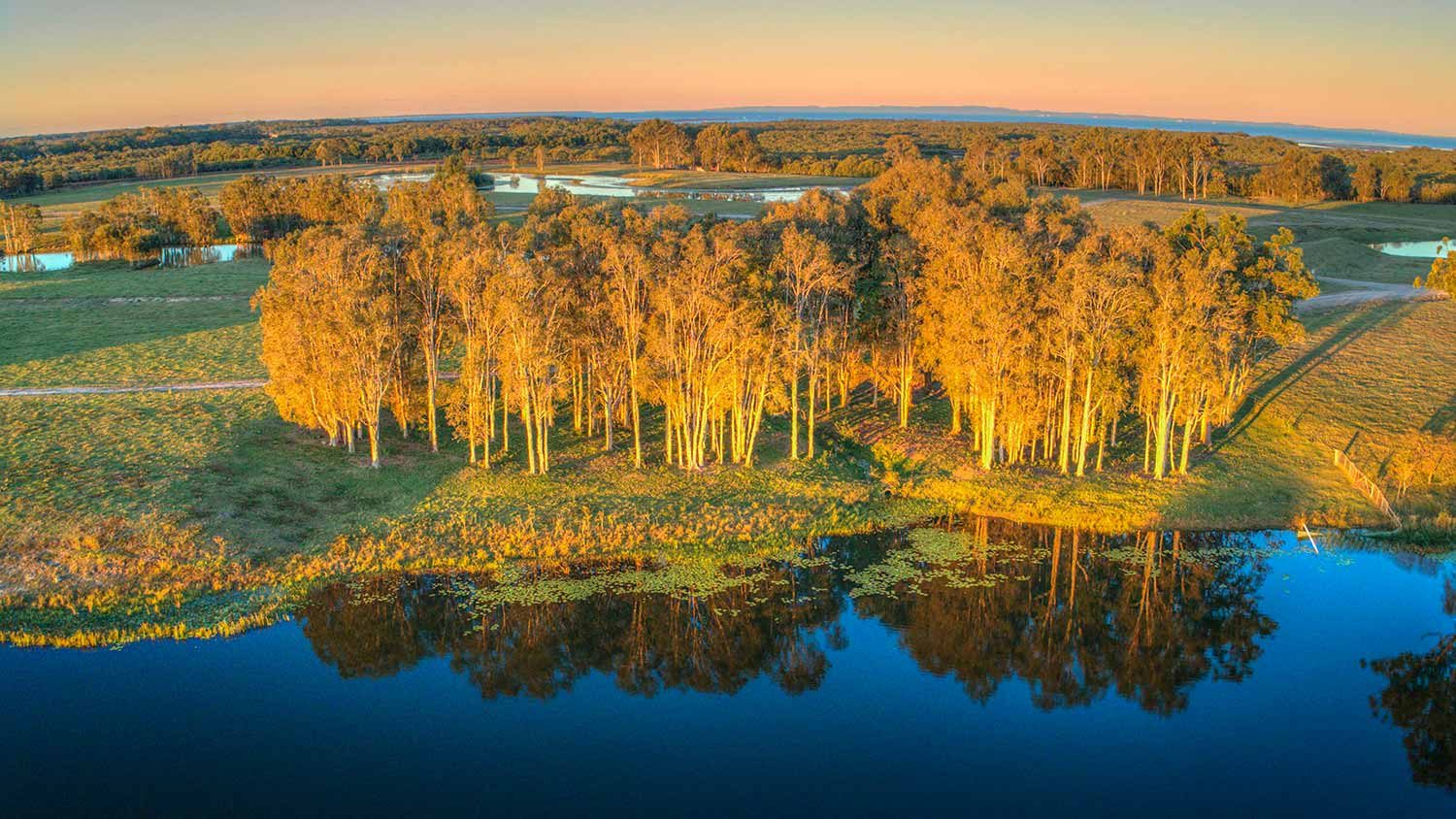The aim of the Brolga Lakes Development is to create a community living precinct that is based on the principles of environmental, economic and social sustainability. Consistent with this overriding purpose, owners, visitors and guests of Brolga Lakes will be stewards of the site: protecting its natural values, cultural and historic heritage and the natural beauty of the site. Approved for a development of 1,000 residents and workers, this peri-urban development could create a new type of neighbourhood: neither city, suburb nor country. All of these in function, and none of them in character.
The vision is to create a great place where people live in harmony with the beauty of this unique location on Moreton Bay. Brolga Lakes will be a vibrant village surrounded by lakes, an ecological place connected to nature and its community. The desire is to create a development driven by sustainability and environmental conservation.
Eighty-five percent of the Brolga Lakes Development land area has been set aside as conservation reserve, gardens and community facilities, and restored habitat. The conservation reserve will be owned and managed by Bird Life Australia, Australia’s preeminent bird conservation organization. The remaining third is being shaped into a new neighbourhood that will have 80 percent of land in common open space. It will have its own infrastructure: water tanks under each driveway, a wastewater plant to create irrigation for planting and a solar array farm to provide cheaper power, among other innovative solutions. Solar vehicles will be used to collect waste and to share-drive to the shops and train station.
Within this context, all home sites have been located to offer water or park views, walkways and open spaces connected to natural areas. Brolga Lakes is designed to encourage an active, healthy lifestyle, and to foster interaction with the community and with nature.
This project was borne out of a desire to design and build an ecologically friendly neighbourhood with a minimum “environmental footprint”: a place that integrates sustainable living. A nursery is being established upfront, repurposing a commercial shade structure to grow local plants for residents, parks and gardens. The nursery will double as a food garden with a small produce market. The community-title development allows the infrastructure to be managed by the body corporate, and resources are provided through its levies. The intent is that each resident will be able to pick up a box or two of fresh produce every week, at no cost. There will also be garden plots and common orchards.


